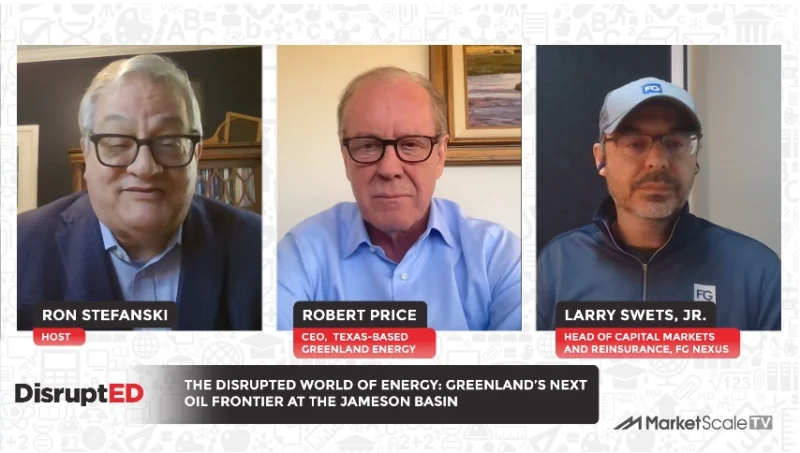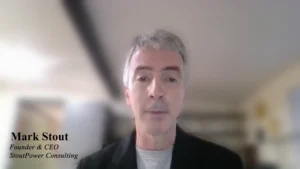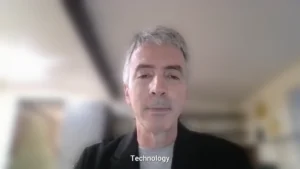Just Say Nox: The Pros and Cons of SCR and SNCR Re-agent Applications
Jeff Broderick, Director of Retrofit Sales for CECO, popped by Just Say NOx to explain the differences between direct-injection SCR and the standard SCR process.
“In a typical SCR, you’re going to have ammonia fed through an SCR with an (ammonia injection grid),” Broderick said. “With direct injection, the main difference is you don’t need the AIG and the associated blowers and heaters. You’re injecting the liquid directly into the gas path.”
While CECO has used this method for smaller units over the years, the process is evolving to the point where it can now be used for larger units and different combustion sources.
Some of the advantages of direct-injection SCR are less equipment used to operate the process, which leads to fewer maintenance issues, and additional cost savings.
However, with the benefits come some challenges.
“The reason we’ve used AIG all of these years is because they do a good job of mixing the ammonia with the exhaust gas in front of the catalyst. It is more difficult to do when you remove that equipment,” Broderick said.
Combating these issues requires some additional considerations, planning and engineering to ensure a direct-injection SCR system will meet the process requirements.
Follow us on social media for the latest updates in B2B!
Twitter – @MarketScale
Facebook – facebook.com/marketscale
LinkedIn – linkedin.com/company/marketscale









